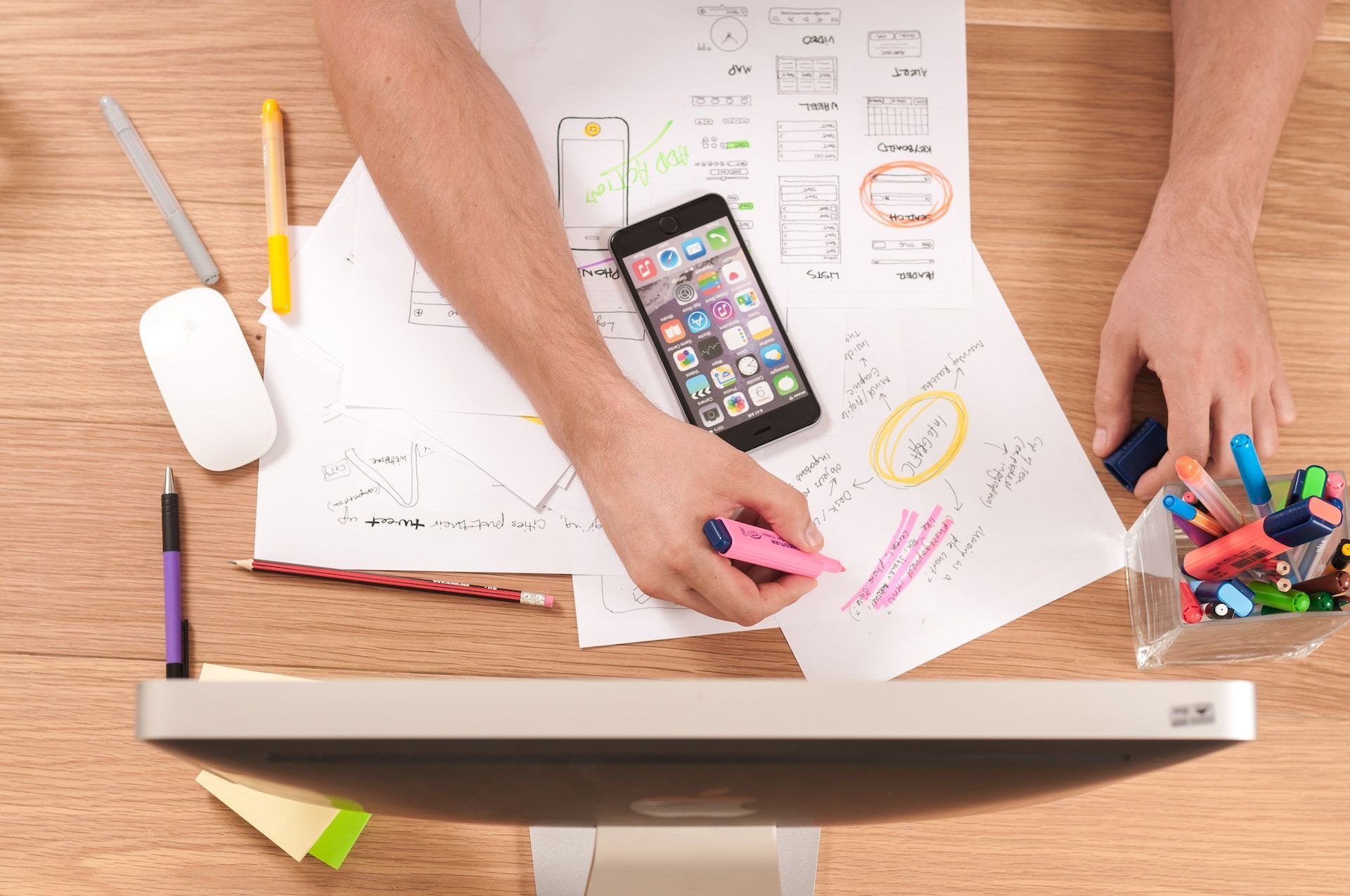How AI Will Change Web Design
"We need to explore the benefits of using AI in web design"

Artificial Intelligence (AI) is becoming a revolutionary tool in a range of industries, and web design is no exception.
The technology we use is continuously evolving and advancing, and AI is transforming the way websites are being created, personalised, and optimised.
This is why we need to explore the benefits of using AI in web design, how it will change current best practices and the web design environment, and recommendations for leveraging AI in the web design process.
Benefits of AI in Web Design:
Enhanced User Experience:
AI algorithms are able to analyse user behaviour, preferences, and patterns.
Although it doesn’t understand the human thoughts and feelings behind user experience, it will still pick up on the patterns and pure data, to which we can attribute emotions.
This lets the AI create personalised experiences for your users.
This can lead to increased user engagement, higher conversion rates, and improved customer satisfaction.
Time and Cost Efficiency:
AI-powered tools and frameworks automate repetitive tasks, like content generation, layout design, and image optimisation.
This can reduce the time it takes to fully design a website, allowing you to allocate more of the time budget to creativity and strategy.
This greatly improves the quality of your website, as you can spend time building something creative and bespoke.
Data-Driven Decision-Making:
Compared to humans, AI is capable of processing large quantities of data and generating actionable insights.
This is helpful for your decision-making, optimising your website’s performance, and creating effective marketing strategies.
Improved Accessibility:
Website accessibility is greatly important, as you need your website to be accessible to those with disabilities, and it helps with SEO.
AI can automatically generate alt text for imagery on your website, optimise your text’s readability, and provide voice interfaces.
AI can help enable a more inclusive web experience.
Changes in Current Best Practices and Environment:
Design Automation:
AI tools can analyse existing websites, user feedback, and design trends to generate design prototypes and suggestions.
This assists the design process and allows for more focus on experimentation, creativity, and innovation.
Dynamic Content Generation:
AI-powered content generation can be helpful if used in moderation and correctly.
It can assist copywriters in producing relevant and engaging text and reduce the reliance on manual content creation when the content doesn’t need to be personalised and human.
This allows marketers to focus on higher-level messaging and storytelling when it comes to your website.
Responsive and Adaptive Design:
An AI algorithm can analyse user behaviour across a range of devices and screen sizes.
For example, if your website looks bad on mobile, the AI will pick up on a higher bounce rate on mobile and report this to you, allowing you to make changes.
You can then ensure you are creating responsive and adaptive designs, that will deliver a positive consistent experience for users across all platforms.
Data-Driven Optimisation:
AI-driven analytics can provide real-time insights into your user’s behaviour, allowing designers to optimise the user experience, layout, and content based on data-driven decisions.
With the human touch, the data that AI can provide is incredibly valuable, but one cannot work without the other.
Recommendations for Using AI in Web Design:
Embrace Collaboration:
AI is a very powerful tool, and it’s a great assistance to human creativity and thought processes.
Embracing the collaboration between AI systems and humans allows you to leverage their capabilities and enhance your work.
Stay Updated:
Knowledge is power, so keeping up with all the latest advancements in AI and web design will help you stay competitive.
If you familiarise yourself with AI-powered design tools and frameworks, you can improve your workflow.
Understand User Behaviour:
Use the AI-driven analytics that you get, as it lets you gain insight into user behaviour, preferences, and pain points.
This lets you create personalised experiences and optimise your website accordingly.
Test and Iterate:
Last, but certainly not least, test.
AI-powered A/B testing and optimisation tools can help you refine your designs and make data-driven decisions.
If you need more advice on how to adjust your website to the current technological landscape, contact us and see how we can help you.










